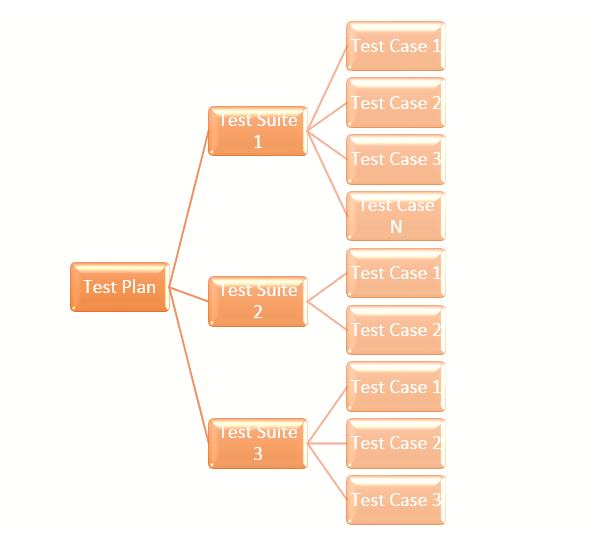2015
Test Suite
Test suite, is also known as a validation suite, it is a collection of test cases that are anticipated to be used to test a software program to show that it has some specified set of behaviors.
A test suite covers detailed information or goals for each collection of test cases and information on the system configuration to be used during testing.
Test Suites are normally used to group similar test cases together.
The collection of individual test cases that will run in a test sequence is called a Test Suite. It is generally a good idea to keep the similar test cases in one suite, as it helps in automating it a bit easier.
Test suite preparation includes the construction and allocation of individual test cases in some logical way based on the specific testing techniques to be used.
Another way to attain a test suite is through reuse of test cases from previous versions of the same product. This kind of testing is known as regression testing.
It makes sure that common functionalities are still maintained satisfactorily in addition to acceptable performance of new functionalities.
Also Read: Test Design, Test Case, Test Script, Test Plan
One testing term which is sometimes confused with regression is smoke testing, which also refers to series of test cases reused to make sure that build appears to be reasonably working and functional.
Smoke testing doesn’t prove if everything is working but usually provides a sense that build is good enough to begin testing.
Test suite management comprises of managing the existing test cases and the newly constructed ones.
At a minimum, some consistent database for the test suite needs to be kept and shared by people who are working on similar areas. Some personnel information can also be kept in the test suite, such as the testers who designed the test cases, for future use of the test suite.
An abstract test suite cannot be directly used on the actual system under test (SUT) because abstract test cases remain at a high level and lack concrete details about the SUT and its environment.
An executable test suite works on low level to correctly communicate with the SUT and a test harness is usually present to interface the executable test suite with the SUT.
[Figure: Test plan with 3 Test Suite each containing different number of test cases]
It is generally a good idea to group related tasks to gain speed and executing the related test cases as part of test suite certainly helps in the cause. This way we get more time to perform exploratory testing.
What do you think ?
Share you ideas on this and initiate a discussion today.







